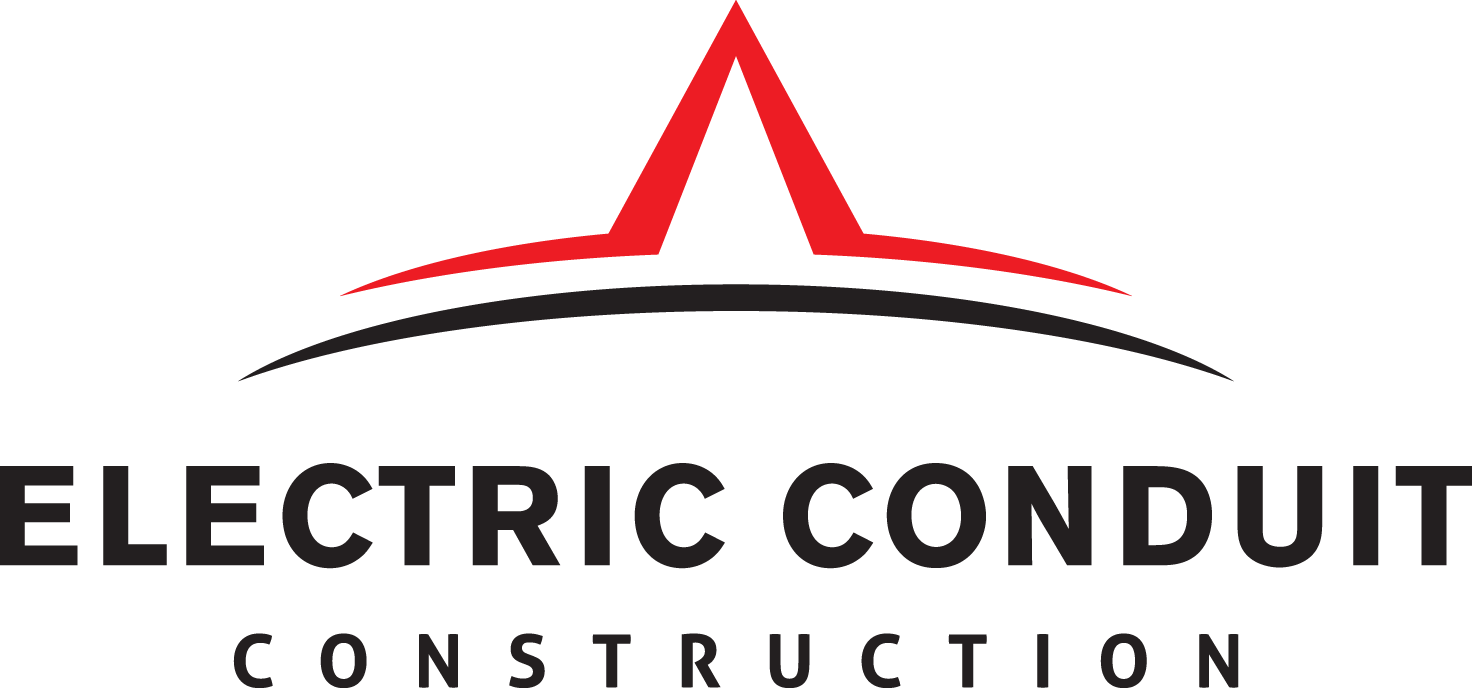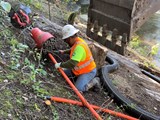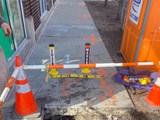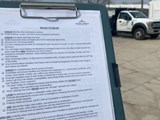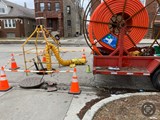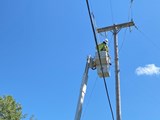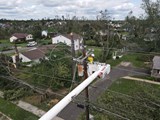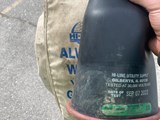The Value of Safety Audits
A safety audit is conducted at a job site when work is in progress. The audit can be conducted by a foreman, superintendent, project manager or anyone in management. The audit is a snapshot in time of the job site, and it will reveal any static or dynamic circumstances that do not conform to the policies and procedures in place to conduct work safely.
Safety audits are not conducted to catch unsafe acts and punish people. Safety audits are conducted to help workers avoid falling into complacency and to correct normalization of deviance.
It is easy for workers to become complacent. It is common for workers to deviate slightly from a written procedure, if nothing adverse happens then that deviation is accepted and normalized. Next time the normalized procedure is followed the deviation progresses until a near miss or an accident occurs. These are both unacceptable outcomes.
The safety audit can go a long way towards stopping this type of behavior. The audit is also used to reinforce training, catch near misses, and point out situations that may lead to problems if not corrected.
Here are some examples:
- Targeted audit of compliance with ECC’s Rules to Dig By, revealed that foremen and crew were deviating from the specified tolerance zone. This deviation could have led to dangerous and costly utility strikes.
- An audit of a crew in the process of entering a manhole found a crew preparing to enter a manhole with an air monitor that had an expired calibration. This was able to be corrected prior to entry to ensure our crews were able to detect a potentially hazardous atmosphere.
- An auditor found that advanced traffic warning signs were up but were not in a space that was clearly visible to oncoming traffic, and they needed to be adjusted for the crews to receive adequate protection.
At Electric Conduit Construction a critical element that helps us leverage the information discovered in a safety audit is our cloud-based safety audit system incorporated into our project management system called Construction View (CV). Being cloud based the results of a safety audit can be immediately disseminated to our safety officers. Then that information can be turned into a toolbox talk the next day, or an immediate alert to all crews.
Here are examples that made an immediate difference:
- Safety was immediately notified of the Rules to Dig By violation noted above and were able to put together a Toolbox Talk that was pushed out to all foreman through the Safety management system for review and sign off from all underground personnel.
- During an audit of a new foreman and crew, safety was alerted that the foreman did not have access to the company Safety Data Sheets and needed to be granted access through the shared drive. This was able to be immediately corrected by the safety department and was turned into a safety alert.
- During an audit of an employee's vehicle a superintendent noted that there was an extra set of dielectric gloves under the passenger seat of a vehicle that had been expired for months. These had been left by a driver who was no longer in that vehicle, recognizing that expired items could be mistakenly used, the superintendent took them out of service and a Toolbox Talk on Driver Responsibility was rolled out as a reminder for all company drivers.
Each of these instances demonstrate the value of audits to catch problems before they become incidents or accidents. The examples also point out how the response to a non-compliance issue is as important as finding it. The response should always help crews become better at what they do and conduct their work to the highest safety standards possible. This effort helps avoid injuries, saves time, and saves our customers money.
Safety is an ongoing challenge. It is the nature of human beings and construction work. Complacency and normalization of deviance will never go away. The safety audit is an essential tool that, when used properly, will leverage leading indicators to keep workers safe.
